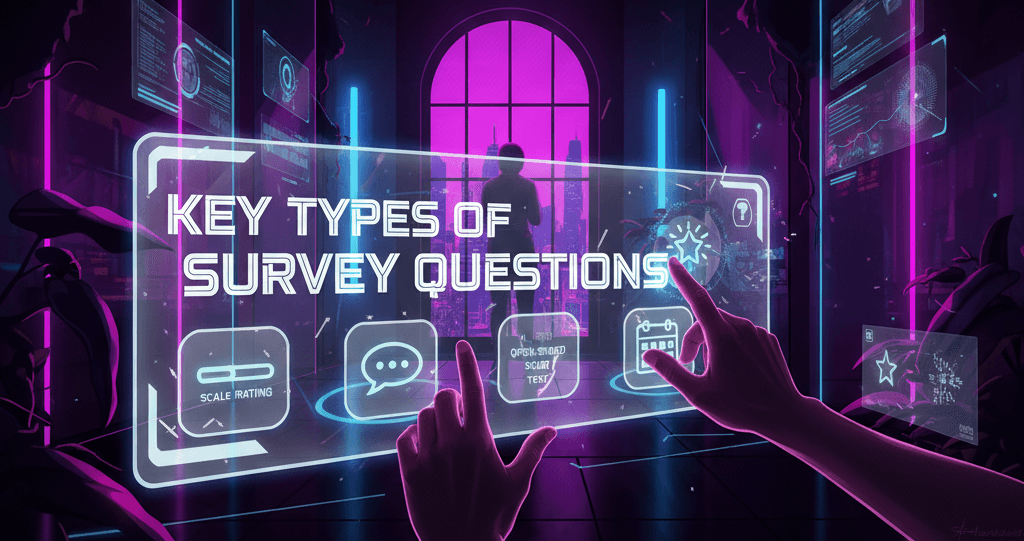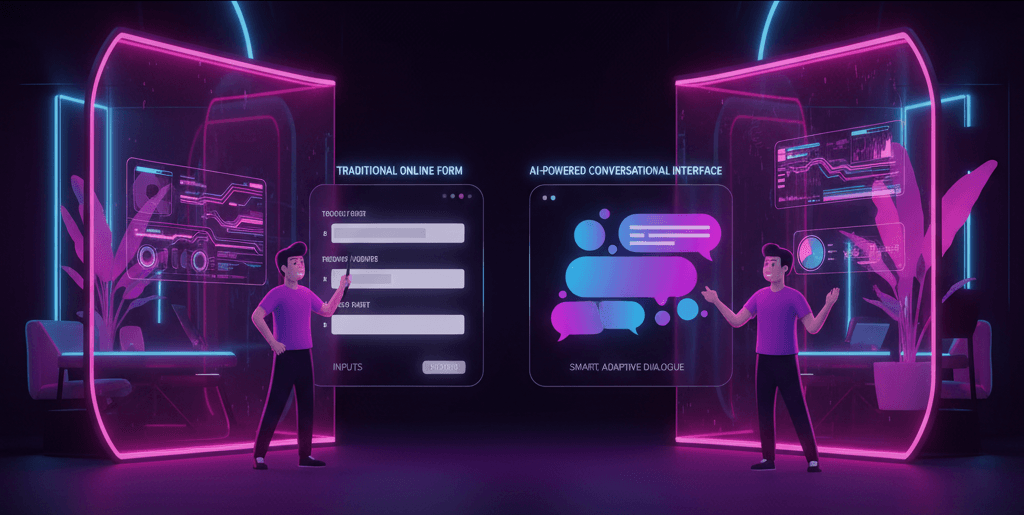In recent years, artificial intelligence (AI) has revolutionized the customer service landscape. Businesses across industries are leveraging AI tools like chatbots, virtual assistants, and automated response systems to provide faster, more scalable customer support.
This shift is largely driven by the need to manage high volumes of customer interactions efficiently while minimizing operational costs.
AI technologies, especially those powered by natural language processing (NLP) and machine learning, have enabled brands to provide 24/7 service, handle routine inquiries instantly, and reduce human error.
However, this push toward automation has sparked a critical debate: Can efficiency and emotional intelligence coexist in AI-powered customer service?
While machines excel at speed and accuracy, they often struggle to replicate the nuanced understanding and empathy that human agents naturally offer. This creates a tension between streamlined service delivery and meaningful human connection.
The ultimate goal for businesses, then, is not to choose between automation and empathy but to find a balance that marries the two.
Humanizing AI, imbuing automated systems with emotional intelligence and a personal touch, is essential to building trust, enhancing customer satisfaction, and maintaining a strong brand reputation.
This blog explores why humanizing AI matters, common pitfalls of overly automated interactions, and actionable strategies to deliver AI-driven customer service that feels truly human.
Why Humanizing AI Matters
Humanizing AI is no longer a luxury but a necessity in today’s customer-centric economy. When AI-powered interactions reflect understanding, compassion, and personalization, customers are more likely to feel heard, valued, and respected.
This emotional resonance significantly enhances customer satisfaction, which in turn leads to higher loyalty and long-term retention.
Customers are emotionally driven, even in service interactions. When they feel that a brand genuinely understands their pain points and emotions, they are more inclined to stay loyal and continue doing business with that brand.
According to numerous studies, emotionally connected customers are more valuable over time, they spend more, advocate more, and are less price-sensitive.
A humanized AI also contributes to lower churn rates. Customers who experience empathy during problem resolution are less likely to abandon a brand due to a negative encounter.
Even if the issue isn’t fully resolved on the first try, the experience of being treated with kindness and care can outweigh the inconvenience.
Moreover, brands that embrace emotionally intelligent AI stand out in a crowded marketplace. When your AI communicates with the warmth and thoughtfulness of a human, your brand comes across as more trustworthy and relatable.
This enhances your brand’s overall perception and can turn ordinary service experiences into memorable moments that foster lasting relationships.
Common Pitfalls of AI-Only Interactions
Despite the promises of AI, relying solely on automation for customer service can backfire if not implemented thoughtfully. One of the most common complaints about AI-driven support systems is that they feel robotic or scripted.
Customers can easily sense when a response is generated from a template or when the interaction lacks spontaneity. This can lead to frustration, especially when the issue at hand is complex or emotionally charged.
Another significant pitfall is the lack of empathy. AI, by its nature, does not feel emotions, and unless it is specifically designed to recognize and respond to emotional cues, it can come across as cold or indifferent.
This is especially problematic in situations where customers are distressed or upset. Without the ability to acknowledge a customer’s emotional state, AI systems risk alienating rather than engaging users.
Automation also has its limits when it comes to handling nuanced or multifaceted issues. While AI can handle simple, repetitive tasks exceptionally well, it often struggles with edge cases that require contextual understanding or judgment.
When customers are unable to get their problems resolved and find no easy way to escalate the issue to a human agent, the resulting frustration can damage the customer relationship irreparably.
In essence, the efficiency gains promised by AI can quickly erode if the system lacks the emotional intelligence and flexibility that only human interactions have traditionally provided.
Strategies to Humanize AI Without Losing Efficiency
1. Use Natural Language Processing Thoughtfully
Natural Language Processing (NLP) is at the heart of conversational AI. To make interactions feel more human, AI must be trained on real-life dialogue and customer conversations.
This includes using contractions, informal phrasing, and diverse linguistic styles. Instead of relying on rigid scripts, businesses should create dynamic response libraries that reflect the way real people talk.
Overly formal or robotic language can make the AI feel distant and impersonal.
For instance, replacing a stiff phrase like “Your request is being processed” with “Got it! I’m working on that for you now” can make a big difference in how the interaction is perceived. The goal is to make the conversation feel natural, fluid, and responsive.
2. Implement Empathy-Led Design
Empathy should be embedded into every layer of AI design. One effective technique is the use of empathy templates that mirror human responses in emotionally charged situations.
Simple phrases like “I understand how frustrating this must be” or “That sounds really annoying, let’s fix this together” can convey concern and compassion.
AI can also be trained to detect emotion signals in customer language. Words and phrases like “angry,” “upset,” “disappointed,” or “this is ridiculous” should trigger an empathetic response and possibly initiate escalation protocols.
Empathy-led design ensures that the customer feels acknowledged and supported, even when interacting with a machine.
3. Personalize Interactions
Personalization transforms generic service into meaningful engagement. AI should leverage available customer data, such as names, purchase history, and previous support tickets, to tailor responses.
A simple “Hi Sarah, I see you had an issue with your last order” feels far more personal than a generic “Hello, how can I help you?”
Personalized recommendations, based on user behavior or preferences, also contribute to a more human-like experience.
When AI anticipates needs or recalls past interactions, it mirrors the attentiveness of a human agent and deepens the customer relationship.
4. Blend AI and Human Support Smartly
Humanizing AI doesn’t mean removing the human element altogether, quite the opposite.
The most effective customer service strategies involve a hybrid model where AI handles routine, first-tier inquiries, while more complex or sensitive issues are seamlessly escalated to human agents.
The handoff between AI and humans must be smooth and intuitive. When transitioning, AI should provide context to the human agent, including the customer’s issue, emotional tone, and previous steps taken, to avoid repetition and preserve continuity.
This balance not only maximizes efficiency but also ensures that customers receive the right level of care.
5. Feedback Loops for Continuous Improvement
Humanizing AI is not a one-time task. Continuous feedback is essential to refining AI interactions and improving customer satisfaction.
After each interaction, businesses should solicit customer feedback specifically focused on tone, clarity, and emotional engagement.
Analyzing these insights helps identify patterns and areas for improvement. AI models can then be fine-tuned to adjust their language, emotional responses, and escalation thresholds.
Over time, this iterative process results in a more intelligent and emotionally attuned AI system.
6. Tone and Voice Consistency
Brand voice matters, and your AI should reflect it. Whether your brand is formal and professional or casual and witty, AI interactions must be consistent with that identity. Customers should feel that they’re communicating with an extension of your brand, not a faceless machine.
Establish tone guidelines for your AI, covering word choice, sentence structure, and even emoji usage if applicable. The voice should be friendly, respectful, and helpful. A consistent, well-crafted tone helps build familiarity and trust over time.
Tools and Technologies That Help
A variety of tools and platforms are available to support the creation of emotionally intelligent, humanized AI experiences.
GPT-based chatbots, such as those powered by OpenAI or Google, are capable of generating nuanced, context-aware responses that mimic human conversation.
These tools can be customized to fit a brand’s tone and trained using real customer interaction data.
Sentiment analysis APIs, such as IBM Watson or Amazon Comprehend, can detect customer emotions in real-time and adjust responses accordingly.
These tools play a vital role in empathy-led design by signaling when to escalate or soften a response based on the customer’s mood.
Customer Relationship Management (CRM) platforms like Salesforce and HubSpot can integrate AI and human support channels, enabling seamless access to customer data and personalized interaction histories.
This data is critical for tailoring conversations and ensuring continuity across touchpoints.
Omnichannel integration is another key component. Tools like Zendesk, Intercom, and Freshdesk allow businesses to unify customer interactions across email, chat, social media, and phone.
With centralized data and a cohesive communication strategy, AI systems can maintain consistent, human-like engagement across all platforms.
Real-World Examples
Several leading companies have successfully implemented humanized AI strategies, demonstrating the tangible benefits of blending automation with empathy.
Spotify, for instance, uses AI to personalize recommendations and resolve user issues quickly. What sets their approach apart is the casual, friendly tone their bots use, aligned with Spotify’s brand voice. Their chatbot doesn’t just provide answers; it chats like a friend who knows your music taste.
Sephora has also excelled by using AI to offer tailored beauty advice through virtual assistants.
Their chatbot uses customer data and conversational cues to recommend products, schedule appointments, and even offer makeup tips, mimicking the experience of talking to an in-store beauty advisor. This approach has significantly boosted engagement and conversion rates.
Amtrak has deployed “Julie,” a virtual assistant that helps customers book tickets, check train schedules, and handle common inquiries.
With a human-like tone and the ability to understand nuanced questions, Julie has reportedly saved the company over $1 million in customer service costs while improving customer satisfaction.
These examples illustrate how AI, when thoughtfully designed and executed, can deliver service experiences that are both efficient and emotionally engaging.
Conclusion
Efficiency and empathy are not mutually exclusive, in fact, they are two sides of the same customer service coin. In a world where customers demand quick responses and meaningful interactions, humanizing AI is the key to striking that perfect balance.
It enables businesses to scale support without sacrificing the personal touch that builds loyalty and trust.
The journey to emotionally intelligent AI doesn’t require an all-at-once transformation.
Companies can start small, tweaking tone, incorporating empathy phrases, or refining escalation paths, while keeping a long-term vision focused on customer experience.
Ultimately, brands that succeed in blending automation with humanity will not only stand out in the market but also foster deeper, more enduring relationships with their customers.
The future of customer service isn’t just smart, it’s human-smart.












